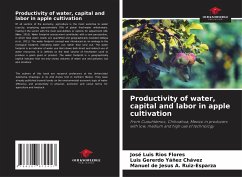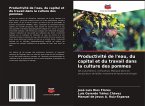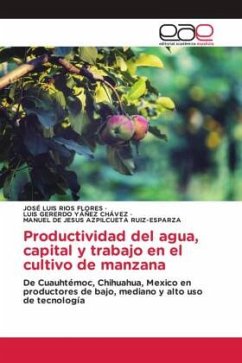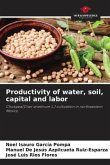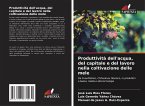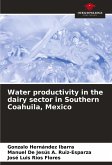Of all sectors of the economy, agriculture is the most sensitive to water scarcity, employing approximately 70% of global freshwater withdrawals, making it the sector with the most possibilities or options for adjustment (UN-Water, 2012). Water Footprint assessment contributes with a new perspective, in which total water needs are quantified and geographically localized (Aldaya et al., 2011). The water footprint concept was introduced as an analogy to the ecological footprint, indicating water use rather than land use. The water footprint is an indicator of water use that shows both direct and indirect use of water resources. It is defined as the total volume of freshwater used to produce a given good or product. The water footprint is a geographically explicit indicator that not only shows volumes of water use and pollution, but also locations.
Bitte wählen Sie Ihr Anliegen aus.
Rechnungen
Retourenschein anfordern
Bestellstatus
Storno

